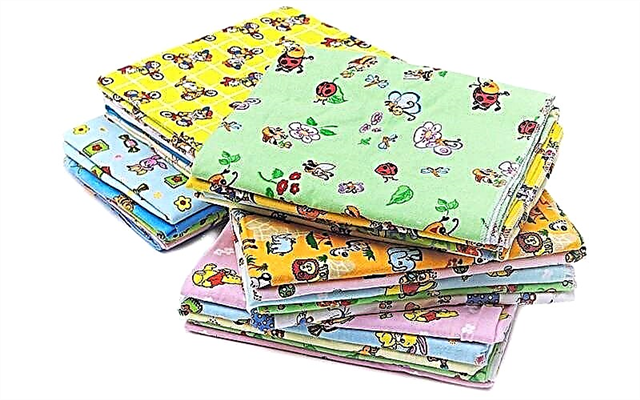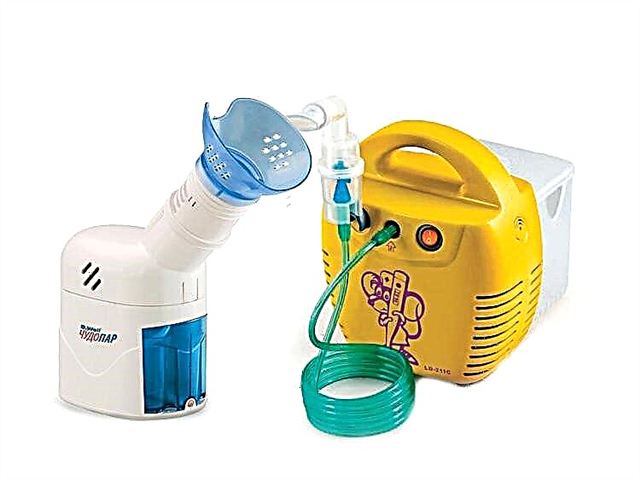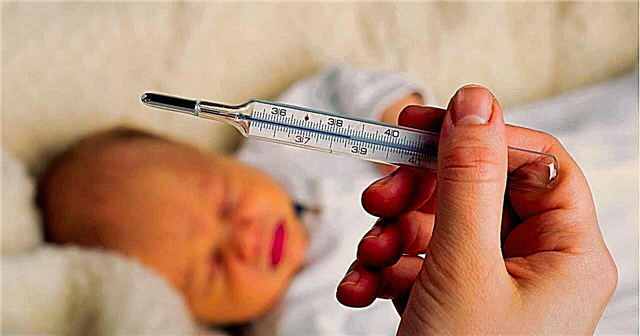For young parents to know when to give an apple to a baby, they must understand the principles of complementary feeding and the mechanism for introducing new products. You should not introduce your baby to adult food, starting with fruits. This will not only discourage him from trying unsweetened vegetables and cereals, but also negatively affect the digestive system.

Baby
The benefits of apples for a child
Apples are the first fruit introduced into the diet of babies. They practically do not cause allergic reactions and are famous for their benefits, which cannot be overestimated. The main thing is to timely and correctly add the product to the menu so that the baby gets the maximum of nutrients and vitamins needed by the growing body.
Nutritional value
Apples are a source of energy, they not only restore strength, but also give a boost of vivacity. In addition, they stimulate digestion, normalize metabolism and relieve constipation. Thanks to them, blood circulation is improved, the iron included in the composition will help to avoid anemia.
In addition, apples contain:
- Calcium, potassium and phosphorus, which have a positive effect on the functioning of the nervous system and form bone tissue;
- B vitamins and ascorbic acid are indispensable for the immunity of babies;
- Dietary fiber with a small amount of carbohydrates. Because of this, apples are allowed for nutrition even for diabetics.
Introducing an apple into complementary foods
At what age you can give your child an apple depends on the beginning of the feeding. Fruits are recommended to be included in the diet after vegetables and cereals.
An apple is the safest product for a baby, therefore it is always introduced first. It can be given to a child when he is introduced to broccoli, courgette, cauliflower and pumpkin. Usually, after that, babies are offered cereals, which children perceive without undesirable consequences, so their introduction is quick and painless. Next comes the turn of fruits. For babies who are breastfed, the diet expands at 7-8 months. When an apple can be given to an “artificial” infant, it is determined by how many months the other products have been introduced.

Apple complementary foods
Note! In children on mixtures, complementary foods begin a little faster, usually at 4-4.5 months. Therefore, fruits are added 8-10 weeks earlier than in babies fed on mother's milk.
In order not to harm the baby, you need to rely on the recommendations:
- Choose green apples, preferably from your own garden;
- The fruits must be ripe, healthy and free from damage;
- Regardless of the method of preparation and serving, fruits must be peeled and seeds removed;
- Introduce as any new product, starting at half a teaspoon. Do this in the morning to observe the baby's reaction. If negative changes do not occur, and the baby normally perceives the product, gradually increase the portion. If you have an allergy, exclude from the menu and postpone the entry for a while.
How to give your child a fresh apple
From whatever age an apple is offered for a baby, it is better to give raw fruit after 10 months, as close to a year as possible. A large amount of fiber, which is part of the fetus, can disrupt intestinal function, leading to upset stools. Therefore, complementary feeding begins with an apple that has undergone heat treatment. For babies, at first, the fruit is boiled or baked a little. Komarovsky, a children's doctor, recommends introducing kids to finger food when they pick up the food and cope with it on their own. Just for this purpose, a baked apple or a slice of fruit from compote is suitable.
Puree
To make a puree, you need to grind the peeled fruit. It is more convenient to use a blender. You can add a little water to create a comfortable consistency for the baby.

Puree
Note! Until one year old, it is not recommended to feed the child with meals with added sugar, salt and other spices. Therefore, it is better to use sweet apples.
Raw fruits contain more vitamins, which disappear during heat treatment. Therefore, if an apple is boiled or baked, you need to spend as little time as possible on it so as not to deprive the fruit of its benefits.
Grated apple
A ripe and juicy apple for babies can be grated. This feeding option is used when the baby copes with the pieces, and there is no risk of choking. Anyway, it is better to give the baby a microdose for the first test. This is the amount that resembles a grain of rice and fits between the fingers. Therefore, you need to rub it almost to the state of puree. In this case, it is important to remove the seeds in advance in order to exclude the possibility of suffocation.
Using a nibbler
Nibler will help babies get used to solid foods. This is a device with a mesh that holds a piece of fruit. Juice oozes through small holes when the baby presses on the lobule. He independently extracts apple puree when he chews on it with his teeth or gums. Nibbler can be useful for those children who cannot cope with the pieces.
During operation, you need to follow the tips:
- Do not give the device to a baby without food to play with it;
- Monitor the integrity of the mesh and other details. If damaged, the baby can get hurt or swallow small pieces of food.
Note! You should not constantly use the nibbler, otherwise the child will get used to the liquid consistency, and it will be difficult to add him to solid foods.
Doctors recommend using the nibbler for up to 8-9 months. Then the child must learn to chew himself, so as not to harm the development and formation of speech. It is these skills that are stimulated when working with solid foods on your own.

Nibler
Apple feeding rates by month
The apple should be introduced gradually, starting with half a teaspoon. If the baby responds normally, you can increase the complementary foods every day. WHO recommends adding 1-2 teaspoons to a serving for a week. After the apple, a pear is added to the children's menu. Fruits alternate periodically to diversify the baby's diet.
How often to give
Fruit puree up to a year is recommended to be given 3-4 times a week. Every day you can offer a sweet product to babies by reducing the portion. Applesauce can be given to a child when he has eaten the main course, so as not to kill the appetite.
Number
How much is it recommended to give apple or other fruit puree to babies up to a year:
- After entering complementary foods for up to 8 months, the norm is 30-40 grams per day;
- From 8 months to a year, it is allowed to increase the daily rate to 70-80 grams;
- By the age of one, a baby can eat 100-120 grams.
What can be combined with
Fruit puree can be eaten not only as an independent dish, but also added to cereals. When cottage cheese appears in the baby's diet, fruit puree will be an excellent addition to it. A delicious dish is obtained when baked.

Serving option
Apple goes well with pears and bananas. The sweet fruit is often mixed with zucchini. Children do not like a useful vegetable too much, but in combination with an apple they perceive it as a delicacy. Also, the fruit can be combined with other vegetables, such as carrots and beets. This is especially true when the baby learns to chew, and he can be offered salads. It is recommended to fill them with a small amount of vegetable oil.
Problems inserting an apple
Apples usually do not cause allergic reactions in babies. Problems can arise when eating red apples or store fruits purchased out of season. They are often treated to maintain an attractive appearance. Therefore, it is so important to thoroughly wash and peel the fruit skin to minimize the risk of allergies.
Signs of allergies
Although the apple is not considered an allergenic product, its consumption can lead to undesirable consequences:
- The appearance of a rash on the body or redness of the cheeks. In this case, itching is present;
- Development of atopic dermatitis, the appearance of crusts on the scalp;
- Abdominal pain, nausea, and even vomiting;
- Stool disorder, up to diarrhea. In this case, a greenish tint of feces appears;
- Nasal congestion, runny nose, persistent sneezing, watery eyes;
- Sore throat, cough;
- Bloating, increased gas production. Excessive consumption of fruits often causes this symptom. That is why you need to follow the norms for a certain age and not give the baby apples before bedtime.
If a negative reaction appears, it is worth immediately canceling the introduction of the product. Eliminating the allergen is the first step in solving the problem.
A runny nose, sneezing and soreness usually appear immediately, as for changes in the work of the intestines, they occur within a few hours. If the baby's condition worsens, you need to see a pediatrician.
Note! In rare cases, an allergic reaction leads to swelling of the oral mucosa and larynx, then emergency medical attention is required.
In order to properly expand the baby's diet and not harm digestion, you need to know when you can give a fresh apple to a baby, at what age to offer mashed potatoes and how to cook it correctly. Timely introduction of complementary foods will help avoid allergies and assimilate nutrients and useful substances to the maximum.



